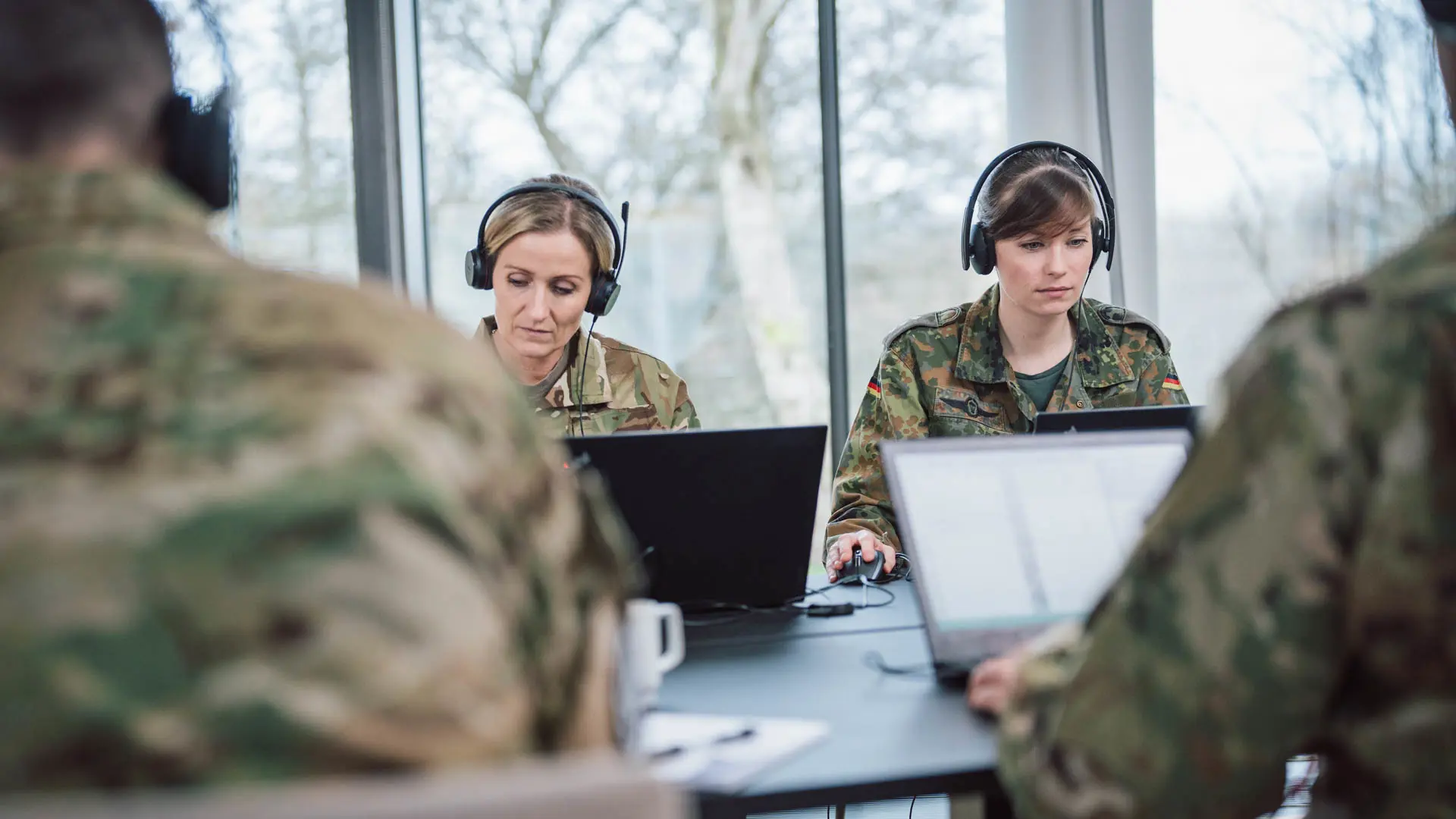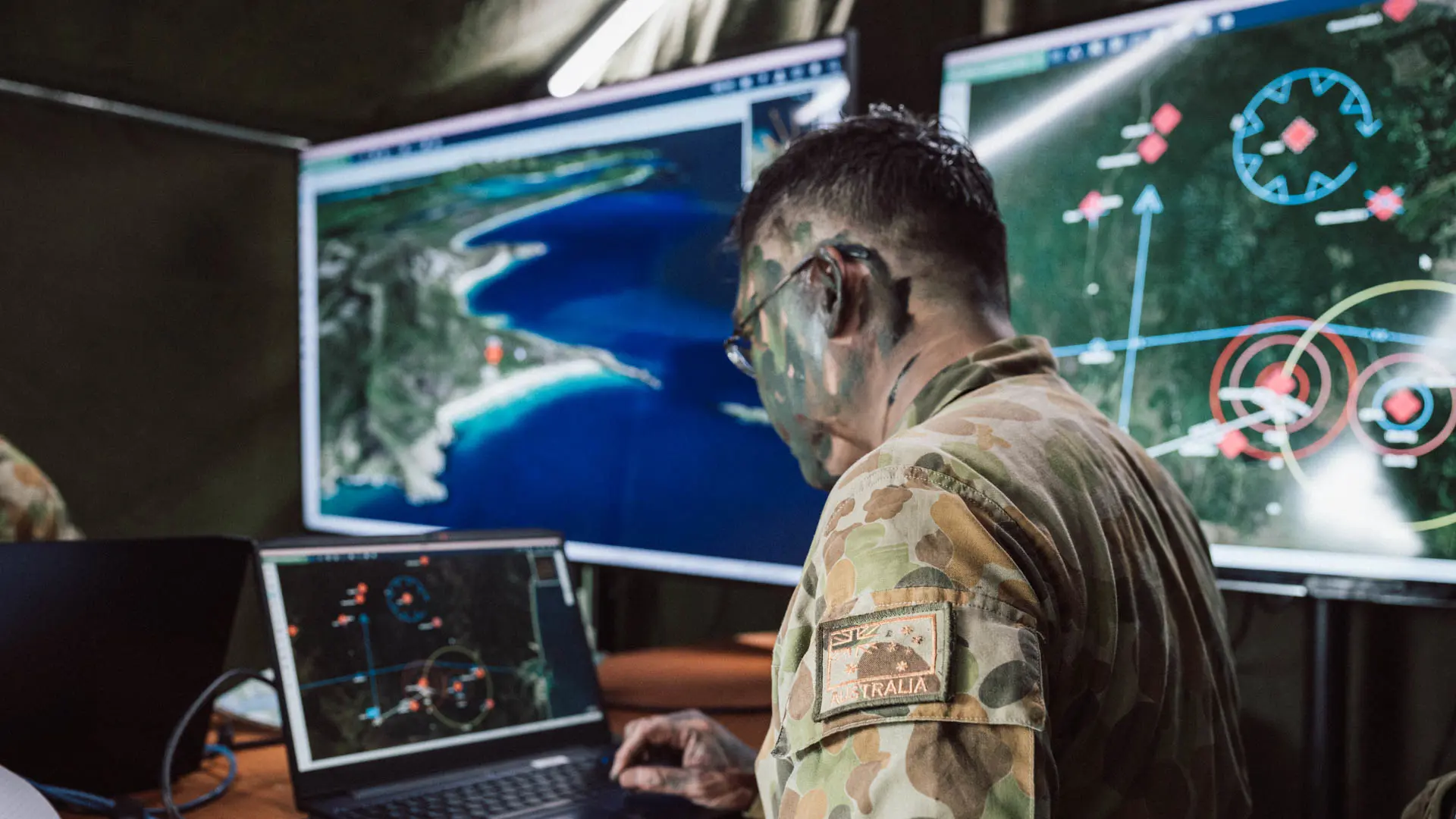Navigating the Educational Landscape: Digital vs. Traditional Learning
In the rapidly evolving landscape of education, the age-old debate between digital and traditional learning methods continues to captivate educators, students, and parents alike. This article delves into the nuances of both approaches, even in the military, examining their strengths and weaknesses and exploring how they contribute to the ever-changing educational experience.
As technology advances at an unprecedented pace, conventional learning methods are being challenged by digital alternatives. However, it is crucial to recognise that each method contributes unique strengths to the educational landscape.
Traditional Learning
Traditional learning methods have been the bedrock of education for centuries. Classroom-based teaching, textbooks, and face-to-face interaction between students and teachers have long been considered the standard. This method fosters a sense of community and allows for immediate clarification of doubts.
Moreover, traditional learning is often praised for its role in developing essential social skills. The interpersonal dynamics within a classroom setting provide students with the opportunity to collaborate, communicate, and build relationships—a crucial aspect of personal and professional development. But is this still up to date? However, traditional learning methods also come with a set of challenges. The rigid structure may not cater to individual learning paces, and some students might struggle to keep up.
Traditional military training methods have long served as the pillars of discipline and skill development within armed forces across the globe. The parade ground, face-to-face drills, and hands-on training exercises form the backbone of a structured and disciplined approach. This method not only imparts tactical knowledge but also instils a sense of camaraderie, teamwork, and immediate response to commands.
The traditional approach is deeply rooted in the military ethos, emphasising hierarchy, the chain of command, and real-time decision-making skills. The interpersonal dynamics cultivated in a physical training environment are crucial for fostering the resilience and adaptability required in operational scenarios.
Digital Learning
The advent of digital technology has transformed the educational landscape, ushering in an era of unprecedented accessibility and flexibility. Digital learning methods encompass various tools, from online courses and interactive simulations to virtual classrooms and educational apps. One of the primary advantages of digital learning is its flexibility. Students can access educational content from anywhere at any time, breaking down geographical barriers and accommodating diverse learning styles.

In general, digital learning also allows for a personalised approach, with adaptive learning platforms tailoring content to individual needs. This not only addresses students' varying learning speeds but also caters to different learning preferences, be they visual, auditory, or kinesthetic.
Furthermore, digital learning's interactive nature dynamically engages students. The basic approach to addressing aspects of multimedia elements, gamified content, and virtual simulations makes the learning experience more immersive and enjoyable. This can lead to increased motivation and a deeper understanding of complex concepts.
In the digital era, military training has come a long way. It is increasingly embracing technology to enhance effectiveness and efficiency. Introducing new software into an organization is a mammoth task. A large number of users must be trained quickly in how to operate it and use it appropriately. SitaWare Aspire offers the possibility of creating this basic skill without concentrating the entire staff at one location at one or more defined times. Training can take place at the participant's own workplace and according to their availability. This saves travel costs, reduces organizational effort, and enables participants to integrate the training into their individual processes. Furthermore, SiteWare Aspire is the digital solution for creating a basis for the in-depth training of specialists. They can be trained efficiently in advance, which in turn saves costs and generates time.
In general, digital learning methods, including virtual simulations, augmented reality, and online modules, offer a dynamic and adaptive approach to training. Its personalised approach is precious in military training, where individuals may have varying experience and expertise. Software packages that provide in-app training mean that military personnel can always keep up with the latest training—constantly refreshed and updated by the developers. Everyone gets the exact training delivery - so it is consistent. Adaptive learning platforms can tailor content to individual needs, addressing specific skill gaps and ensuring that each member of the armed forces is well-prepared for their role. This is a significant advantage for military personnel as they can train anytime, anywhere and at their own pace with a digital solution.
In summary
In the dynamic landscape of education, the choice between digital and traditional learning methods is not binary. Each approach brings its own set of advantages and challenges, and the key lies in recognising students' diverse needs. Nevertheless, it's no longer about having to know everything but about learning how to integrate modern learning techniques and methods into everyday life by using new technologies. AI makes it almost unnecessary to memorize textbooks or information like in the past. Nowadays, information is available anytime and anywhere.
The debate takes on added significance in the military as it directly influences operational readiness and effectiveness. The future of military education lies in ensuring that armed forces are equipped with the discipline, adaptability, and technological prowess required to navigate the challenges of the contemporary battlefield and ready to face the complexities of modern warfare. Especially in C4ISR, personnel must be trained to get the full benefits of the technology available - software is as essential as weaponry.








